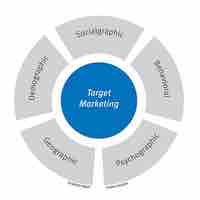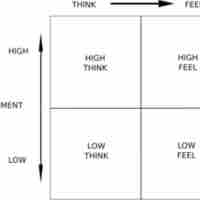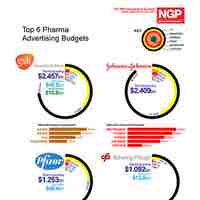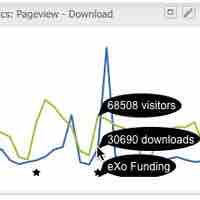Section 3
The Advertising Campaign
By Boundless

Identifying product benefits involves finding out what the customer really wants and needs, not just listing a variety of product features.

In marketing and advertising, a target audience is a specific group of people within the target market at which a marketing message is aimed at.

The hierarchy-of-effects model clarifies the objectives of an advertising campaign and each individual advertisement.

Advertising should always be in line with promotional and marketing objectives, and the business strategy or mission of the organization.

The focus of an advertisement must say to each reader or viewer: Buy this product, and you will get this specific benefit.

Marketers must consider audience, product age, and corporate objectives when determining their advertising budget.
The standard media plan covers four stages: stating media objectives, evaluating media, selecting and implementing choices, and determining the budget.

Marketers must choose the type of media that best suits their budget and message and then choose the best way to schedule their message.

The advertising creative effort can be divided into two elements: the creative strategy and creative tactics.

Reach, frequency, GRPs, TRPs, impressions, CPM, and CPP are all metrics used to measure the impact of an advertising campaign.